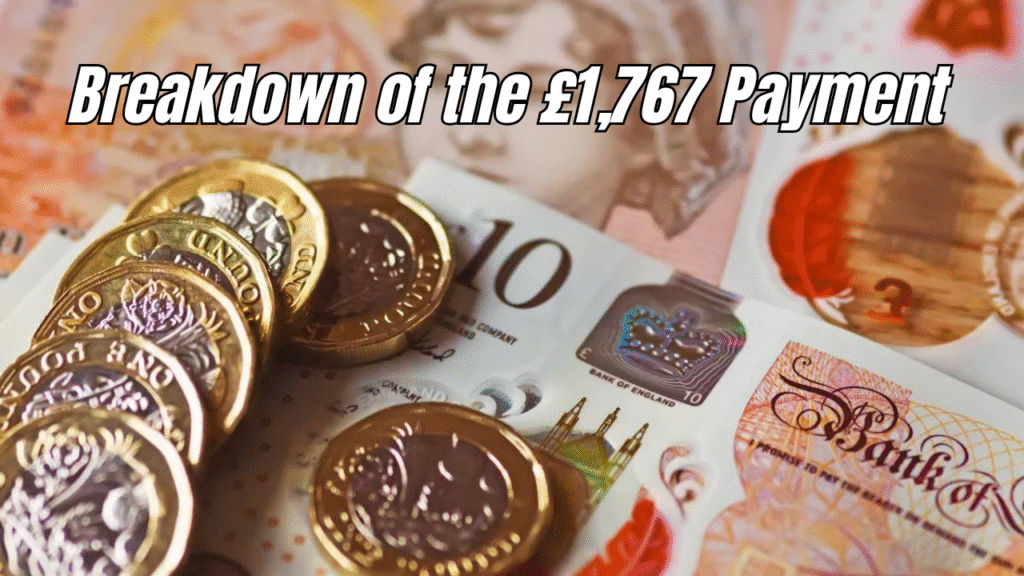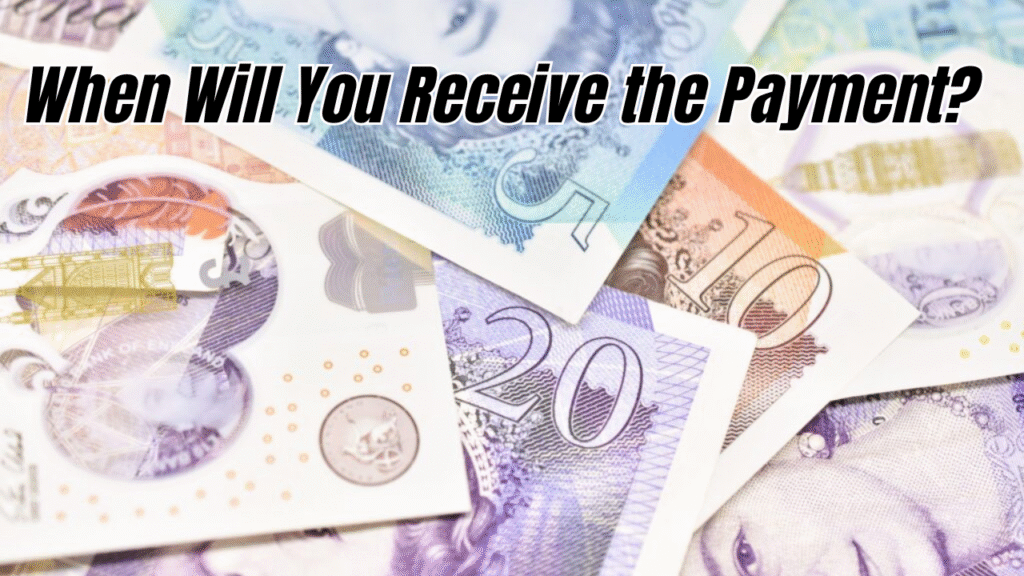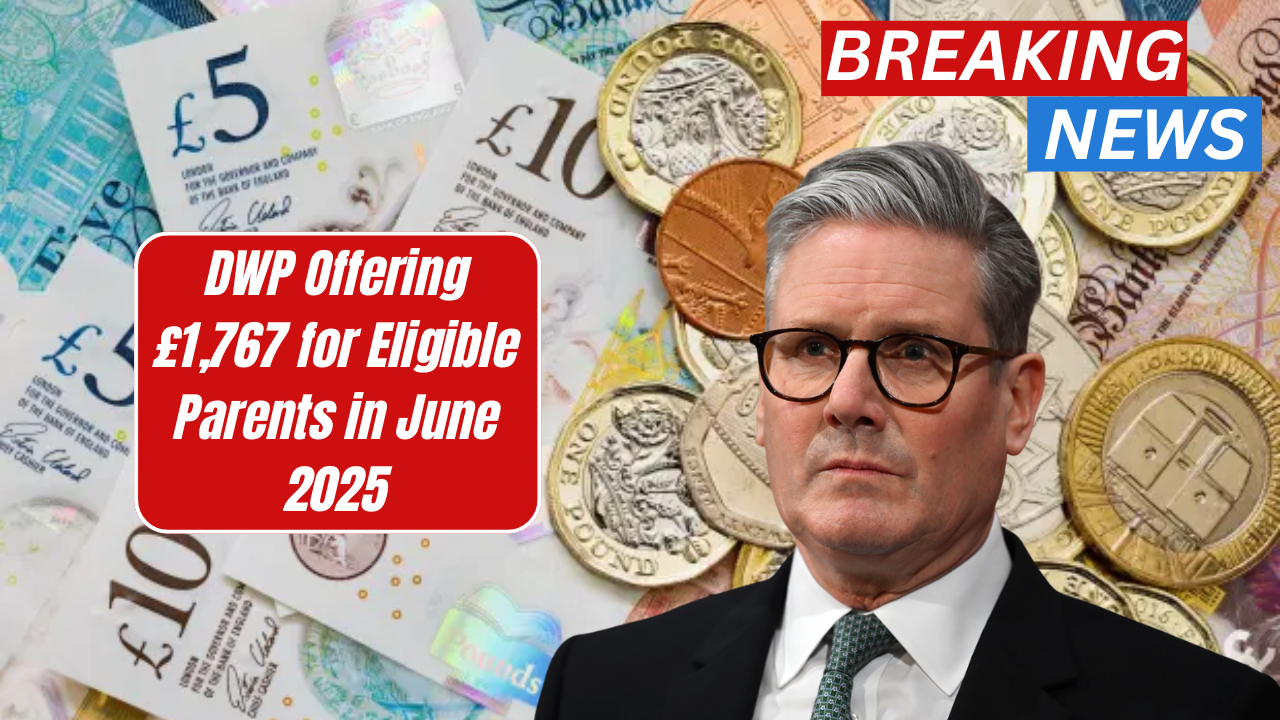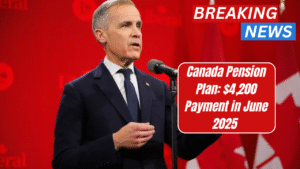Introduction
In 2025, thousands of UK families could benefit from a £1,767 payment offered by the Department for Work and Pensions (DWP). This financial assistance is designed specifically to support parents and guardians grappling with the rising cost of living, childcare, and essential household expenses.
Whether you’re a single parent, part of a working couple, or a guardian caring for a child with special needs, this guide explains everything you need to know about this potential £1,767 payout. We’ll explore who qualifies, how to apply, what documentation is needed, and what steps to take if your situation changes.
1. Why Parents Are Receiving £1,767
The DWP provides a variety of financial support packages to UK families. The £1,767 figure may represent a combination of Child Benefit, Universal Credit child elements, tax-free childcare support, and additional cost-of-living top-ups.
This particular payment is not a new benefit but rather a targeted allocation under existing frameworks, with increased thresholds and support in 2025 to address:
- Rising childcare costs
- Inflation-driven household expenses
- Income gaps due to part-time work or unpaid caregiving
- Backlogs in previous unpaid entitlements
2. Who Is Eligible for the £1,767 Payment?
Eligibility is based on specific family circumstances, income thresholds, and whether the parent or guardian is claiming benefits or tax credits.
Key Eligibility Criteria
| Criteria | Details |
|---|---|
| UK Residency | Must be a legal resident in the UK |
| Parental Status | Must be a parent, guardian, or legal carer |
| Child Age Limit | Child under the age of 16 (or 20 if in education) |
| Income Threshold | Low to moderate household income |
| Claiming DWP Support | Must be receiving Universal Credit, Child Benefit, or equivalent support |
| Childcare Needs | Using registered childcare services may enhance payment |
If you meet most of these conditions, you’re likely to qualify for this amount or more across DWP-administered payments.

3. Breakdown of the £1,767 Payment
The total amount of £1,767 can be broken down into various benefits and top-ups.
Components of the Payment
| Component | Monthly Rate | Annual Equivalent |
|---|---|---|
| Child Benefit (1 child) | £96.40 | £1,156.80 |
| Universal Credit Child Element (1st child) | £315 | £3,780 |
| Cost-of-Living Top-Up (2025) | £150 – £300 | Varies |
| Tax-Free Childcare Savings | Up to £500 per quarter | £2,000 max/year |
Note: The £1,767 amount could represent retroactive payments, or a quarterly release, depending on how and when you apply.
4. How to Apply for the £1,767 Support
Step 1: Confirm Eligibility
Make sure you:
- Are a UK resident
- Have dependent children
- Meet income criteria
- Are receiving or can claim qualifying benefits
Step 2: Claim Child Benefit
You can apply online or by post. Ensure that:
- You register your child’s birth with HMRC
- You provide accurate bank details
- You include your National Insurance number
Step 3: Apply for Universal Credit (If not already receiving)
- Visit GOV.UK Universal Credit portal
- Upload necessary identification
- Fill in details about income, children, and housing
Step 4: Register for Tax-Free Childcare (if applicable)
- Open a tax-free childcare account on HMRC website
- For every £8 you pay, the government adds £2
Step 5: Request Top-Up
- Cost-of-living payments are often issued automatically
- You may need to update your circumstances on your UC journal
5. Required Documents
To ensure smooth processing, gather the following:
- Child’s birth certificate
- Proof of income (payslips, self-employment records)
- Childcare receipts or registration
- National Insurance numbers (you and partner)
- Benefit award letters (UC, Child Benefit)
- Valid photo ID
Missing documents may delay the payment or reduce eligibility.

6. When Will You Receive the Payment?
Payments depend on application timing, claim processing, and benefit schedule.
| Stage | Timeline |
|---|---|
| Application Submission | Immediately |
| Processing Time | 2–6 weeks |
| Payment Disbursal | After approval, within 7 working days |
| Backdated Amounts | Within 2 months |
Those who were previously eligible but unaware may receive backdated payments up to 3 months, subject to conditions.
7. Common Scenarios That Qualify for the Payment
Here are real-life examples of families who would likely qualify:
Case 1: Low-Income Single Mother
Sarah works part-time and raises her daughter alone. She receives:
- £96.40/month Child Benefit
- £315/month UC Child Element
- £150 cost-of-living top-up
Annualised: £1,767+
Case 2: Couple With Two Kids & Registered Childcare
Amir and Faria both work and use tax-free childcare. They receive:
- Child Benefit: £1,820/year
- UC Child Element for two children: £6,420/year
- Tax-Free Childcare bonus: £2,000/year
Total: Over £10,000 — a portion may be issued quarterly (e.g., £1,767 in June)
Case 3: Disabled Child
If your child receives Disability Living Allowance, you may receive an additional £128–£416/month, boosting the total beyond £1,767.
8. Changes in Circumstances
If your family situation changes, you must report to DWP/HMRC immediately:
- Moving in or out with a partner
- Birth or death of a child
- Increase in income
- Child entering full-time education or leaving school
Failure to report can result in:
- Overpayments (you may need to repay)
- Underpayments (missing extra support)
9. What If You’re Not Receiving Anything Yet?
If you’re not currently receiving any benefit:
- Check eligibility through GOV.UK calculators
- Apply for Child Benefit — available even if your income is moderate
- Start a claim for Universal Credit — even short-term can unlock child elements
- Use Citizens Advice for free support
You might be missing out on thousands yearly.
10. Is the £1,767 Taxable or Means-Tested?
Good News!
- Not taxable
- Does not affect savings below £16,000
- Does not interfere with housing support
The payment is a non-taxable support specifically designed to help with raising children, and not subject to most deductions or income tests (except UC taper).
11. Benefits of This Payment
- Helps reduce child poverty risk
- Encourages employment with childcare support
- Assists parents of children with disabilities
- Improves household stability during inflation
- Offers peace of mind to single-parent families
12. How to Maximise This Support
You can get more than £1,767 annually if you:
- Apply early and update your details frequently
- Use tax-free childcare schemes
- Apply for Disability Living Allowance (if applicable)
- Include housing costs in your UC application
13. Common Mistakes to Avoid
| Mistake | Consequence |
|---|---|
| Not applying for Child Benefit | Lose access to automatic NI credits |
| Failing to report new partner | Overpayment |
| Incorrect childcare details | Missed tax-free bonus |
| Delayed UC claim | Loss of backdated money |
14. Role of Support Services
Free support is available from:
- Citizens Advice Bureau
- Family Action
- Shelter (for housing-related child costs)
- Welfare Rights Advisors at local councils
They help with:
- Applications
- Appeal processes
- Debt advice
- Budget planning
15. Future of Family Benefits
The UK government is under pressure to:
- Raise Child Benefit amounts
- Expand eligibility to middle-income earners
- Simplify UC application for parents
- Make cost-of-living payments permanent
As of now, periodic increases and top-ups are planned to continue through 2025 and potentially into 2026.
Conclusion
The £1,767 payment from DWP in June 2025 offers much-needed relief for parents across the UK. It’s not just about money — it’s about supporting families, reducing poverty, and making childcare affordable.
Whether you’re a first-time parent or juggling work and parenting for years, this opportunity ensures that no child’s needs are left unmet due to financial strain.
Take time to:
- Review your benefit status
- Apply or update existing claims
- Claim your entitled support
Because when parents are supported, children thrive, and families grow stronger.
FAQs
1. Is the £1,767 payment automatic?
No, you must be receiving qualifying benefits like Universal Credit or Child Benefit. In some cases, you may need to apply or update your records to trigger payment.
2. Can both parents receive this payment separately?
No, only one parent or guardian (usually the primary carer) can receive child-related payments.
3. Is this a one-time payment?
Not necessarily. It may be a quarterly amount, backdated, or an annual total distributed over time.
4. What if my income increases mid-year?
You must report it. Your benefits may taper down, but it doesn’t disqualify you entirely from child-related elements.
5. Can I claim if my child is 18 but still in school?
Only if the child is under 20 and in approved education or training. Otherwise, you lose eligibility for most child benefits.


